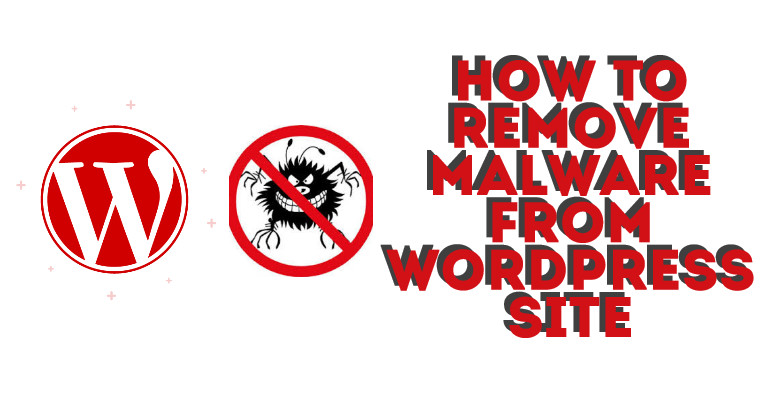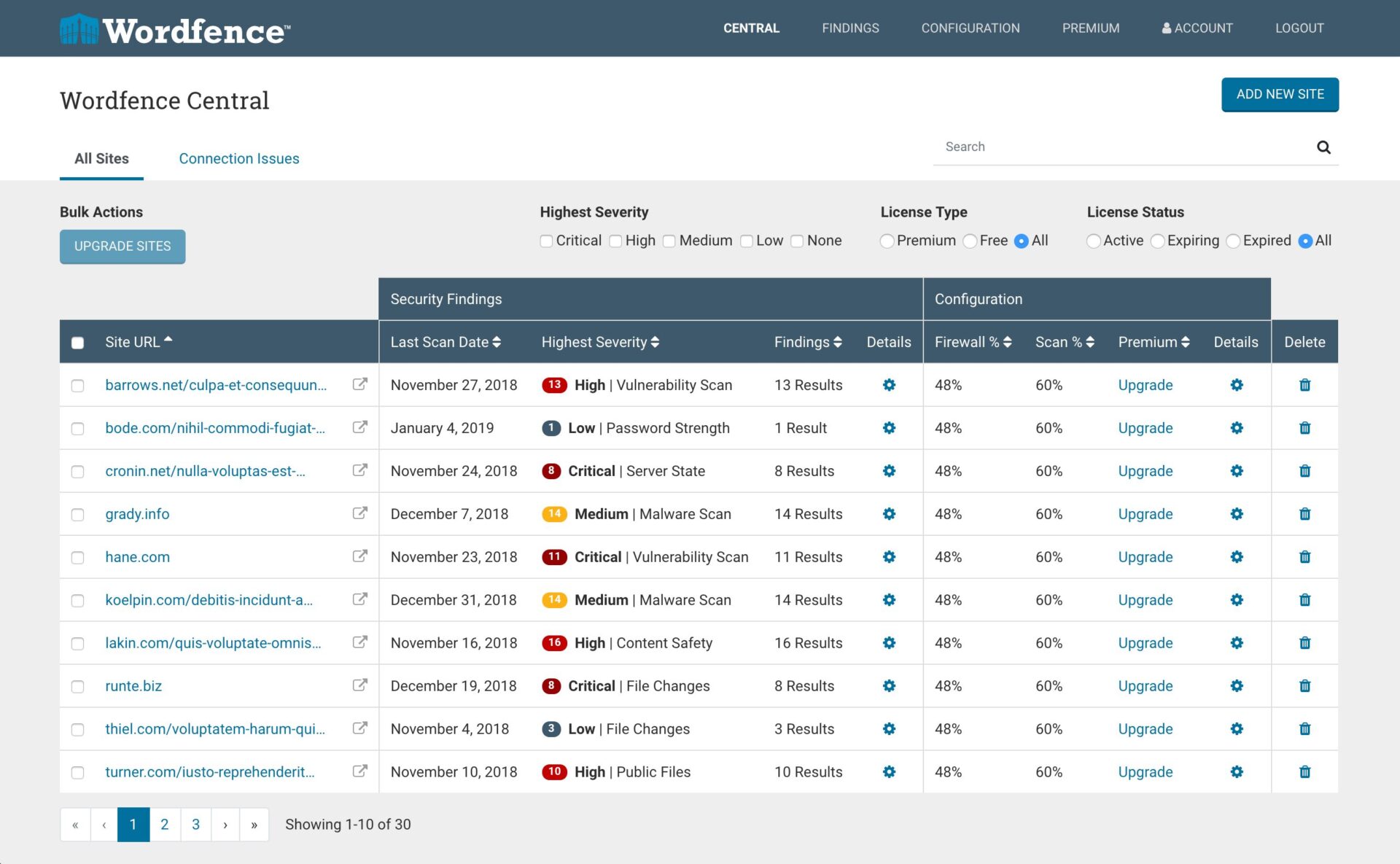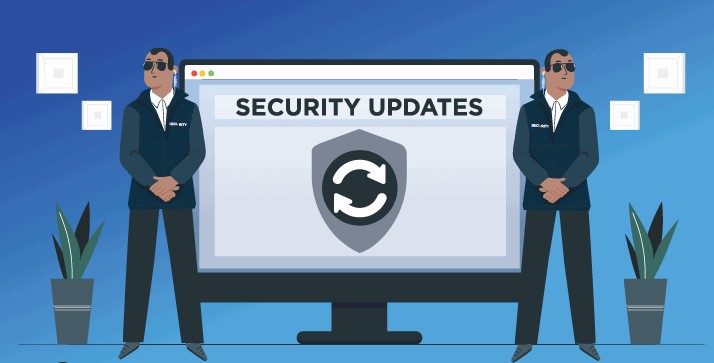
Discovering that your WordPress site has been infected with malware can be a distressing experience. Not only does it pose a threat to your website’s security, but it can also harm your reputation and impact your site’s performance. However, with the right knowledge and steps, you can effectively fix a WordPress site with malware and restore it to its former glory.
1. Identify the Malware

The first step in fixing a WordPress site with malware is to identify the malicious code or files. There are several ways to do this:
- Use a security plugin: Install a reputable security plugin like Sucuri or Wordfence, which can scan your site for malware and provide a detailed report.
- Check for suspicious files: Manually review your site’s files and look for any unfamiliar or suspicious code. Pay attention to files like .htaccess, wp-config.php, and the theme and plugin files.
- Monitor website behavior: Keep an eye on any unusual website behavior, such as redirects, pop-ups, or slow loading times. These can be indicators of malware.
2. Backup Your Site

Before making any changes to your infected WordPress site, it’s crucial to create a backup. This ensures that you have a clean copy of your website to revert to in case anything goes wrong during the malware removal process.
You can use a plugin like UpdraftPlus or manually backup your website files and database through your hosting control panel.
3. Remove Malicious Code and Files

Once you’ve identified the malware, it’s time to remove it from your WordPress site. Here are a few methods to consider:
- Use a security plugin: Many security plugins offer malware removal features. Follow the instructions provided by the plugin to clean up your site.
- Manually remove the code: If you’re comfortable working with code, you can manually remove the malicious code from your theme files, plugins, and other affected areas. Make sure to take a backup before making any changes.
- Reinstall WordPress: In extreme cases, where the infection is widespread or difficult to remove, you may need to reinstall WordPress. This involves deleting all WordPress files and starting fresh with a clean installation.
4. Update and Secure Your Site

After removing the malware, it’s crucial to update and secure your WordPress site to prevent future infections. Here’s what you should do:
- Update WordPress: Ensure that you’re running the latest version of WordPress, as outdated software can be vulnerable to malware attacks.
- Update themes and plugins: Keep all your themes and plugins up to date, as developers often release security patches to fix vulnerabilities.
- Remove unused themes and plugins: Delete any unused themes and plugins from your site, as they can become potential entry points for hackers.
- Use strong and unique passwords: Change your passwords regularly and use a combination of uppercase and lowercase letters, numbers, and special characters.
- Install a security plugin: Install a reputable security plugin that offers features like malware scanning, firewall protection, and login security.
5. Monitor and Maintain
Even after fixing your WordPress site, it’s important to regularly monitor and maintain its security. Here are some best practices to follow:
- Scan for malware regularly: Use a security plugin or online scanner to periodically scan your site for malware.
- Backup your site regularly: Set up automated backups to ensure you always have a recent copy of your website.
- Stay updated: Keep up with the latest WordPress news and security updates to stay informed about potential vulnerabilities.
- Educate yourself: Learn about common security threats and practices to protect your WordPress site effectively.
Conclusion
By following these steps and implementing robust security measures, you can effectively fix a WordPress site with malware and safeguard it from future attacks. Remember, prevention is always better than cure, so prioritize regular backups, updates, and security practices to keep your site safe and secure.

